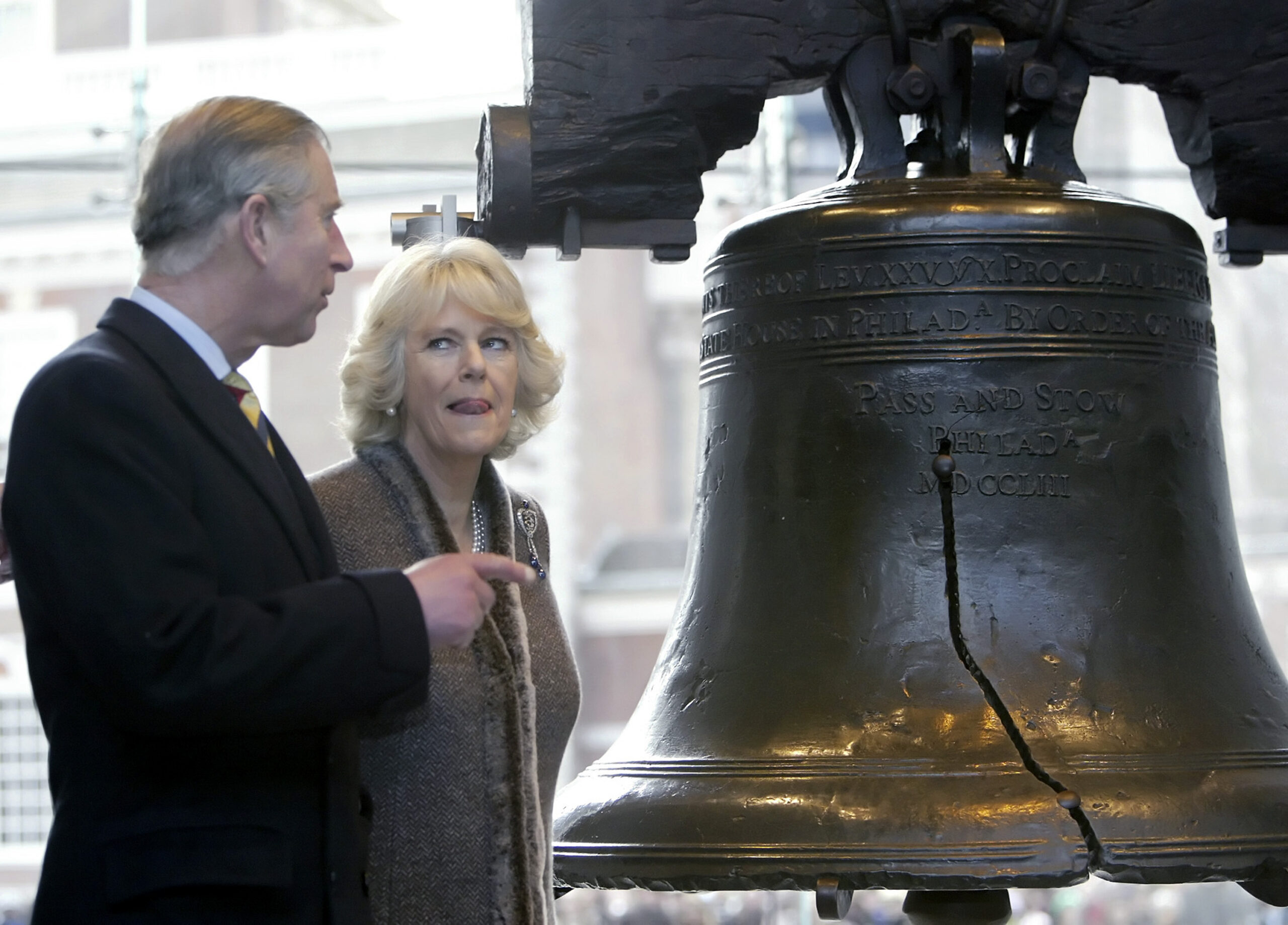The Liberty Bell, located in Philadelphia, Pennsylvania, is an iconic symbol of great historical importance in the United States.
Its recognized crack, the subject of historical debate, hides the uncertainty surrounding its origin. Initially called the House Bell in 1751, this symbol earned its patriotic nickname in 1839, when abolitionists seized it as a powerful emblem in their anti-slavery crusade.
However, as Constitucion Center mentions, no one knows when exactly the bell broke, to the point of being a topic among historians. One theory is that the Bell had its first crack in 1752, when it was tested upon arrival in Philadelphia.
Commissioned by the Pennsylvania Provincial Assembly and cast by Lester and Pack in London, the bell arrived in Philadelphia, adorned with a biblical inscription. Initially, it served mundane purposes, alerting citizens, summoning legislators, and appearing at funerals.
Although the exact moment the bell rang remains a historical enigma, most believe it occurred shortly after its debut in 1752. “Proclaim FREEDOM throughout the land to all its inhabitants,” says a biblical reference from Leviticus 25: 10 on the iconic symbol.

Local founders John Pass and John Stow acted quickly and created a copy from the melted fragments of the original. Both the local version and the substitute from England found a place in the new tower of the State House.
Witnessing pivotal moments in American history, the bell played a role in the meetings of the Second Continental Congress and in the events that sparked the Revolutionary War.
During the British threat in 1777, locals safeguarded the bell for fear of it being captured for ammunition. Hidden in Allentown, Pennsylvania, it resurfaced in 1785. The bell rose to prominence in 1824 with the Marquis de Lafayette’s symbolic tour, fostering a renewed sense of national pride.
The Liberty Bell officially got its name in 1835, linked to a pamphlet from the New York Anti-Slavery Society. Disagreement persists over the timing and cause of the bell’s damage, whether during a tribute to Chief Justice John Marshall in 1835 or at festivities in the early 1840s, wrote Stephen Fried, journalist and historian, author of Pennsylvania, extensively about the Liberty Bell.
Efforts to repair the bell and final fate
Efforts to repair the bell in 1846 by stop drilling proved futile, leaving it silent. Despite its silence, the bell embarked on national tours in the late 19th and early 20th centuries, symbolizing fundraising for World War I through Liberty Bonds.
In 2003, the Liberty Bell found a permanent home at the Liberty Bell Center in Philadelphia.
While calls have arisen to repair the bell, the National Park Service maintains that the crack is a vital part of its identity.
Rejecting reparation proposals, they emphasize that the Liberty Bell, even with its imperfection, remains an enduring symbol of the nation’s quest for a “more perfect union.”
As the aforementioned Stephen Fried puts it: “The bell is the most enduring, powerful and at the same time accessible symbol of our country. Even its crack is part of our patriotic metaphorical landscape.”
Keep reading:
· Gerrymandering: who was the politician who gave the name to one of the most famous electoral traps in the world
· “English Only”: the movement that wants to limit the presence of Spanish in the United States
· Grand Mesa: The largest flat mountain in the world, a wonder for adventurers in Colorado
